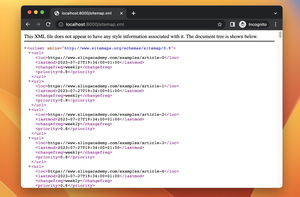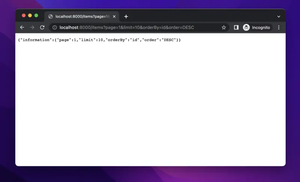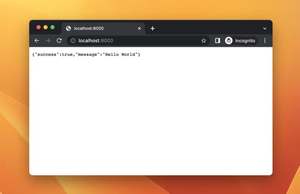Jinja is a modern, designer-friendly templating engine for Python. It's often used with web frameworks like Flask, but its use isn't limited to web programming. One of the most common tasks in programming involves making decisions, and in templates, we accomplish this using if and else statements. Let's dive into how we can leverage these in Jinja templates.
Basic if Statement
The simplest form of conditional execution in Jinja is through the if statement. You can use it to conditionally include or omit certain pieces of template output depending on the state of the variables in your context.
{% if user %}
Hello, {{ user.name }}!
{% endif %}In this example, if user is defined and not None, the paragraph welcoming the user will be rendered. If not, nothing will be displayed.
Using else with if
You can also specify a block of code to run if the condition in the if statement does not hold. This is done using an else block.
{% if user %}
Hello, {{ user.name }}!
{% else %}
Hello, Guest!
{% endif %}In this example, if the user is not defined, a default welcome message for a guest is shown.
Elongating Conditions with elif
Just like in traditional programming, Jinja supports elif to create further branching paths in logic.
{% if user.is_admin %}
Admin Panel
{% elif user.is_editor %}
Editor Dashboard
{% else %}
User Dashboard
{% endif %}This example checks the roles of a user. If a user is an admin, they see the Admin Panel; if they are an editor, they see the Editor Dashboard; otherwise, a default User Dashboard is shown.
Truthiness in Jinja
Jinja follows Python’s rules on what values evaluate to True or False. For instance, an empty string, 0, None, and empty list evaluate to False. This means you can use including expressions directly:
{% if mylist %}
List has items!
{% else %}
List is empty!
{% endif %}Here's a check to see if a list is empty or not and print a corresponding message.
Conclusion
The use of if, else, and elif statements within Jinja templates allows for a dynamic and responsive rendering of HTML documents. By controlling the flow of template rendering, you can build templates that adapt to different contexts and user inputs effectively. By mastering these conditionals, you enhance how data is presented, ultimately contributing to better user experiences.











